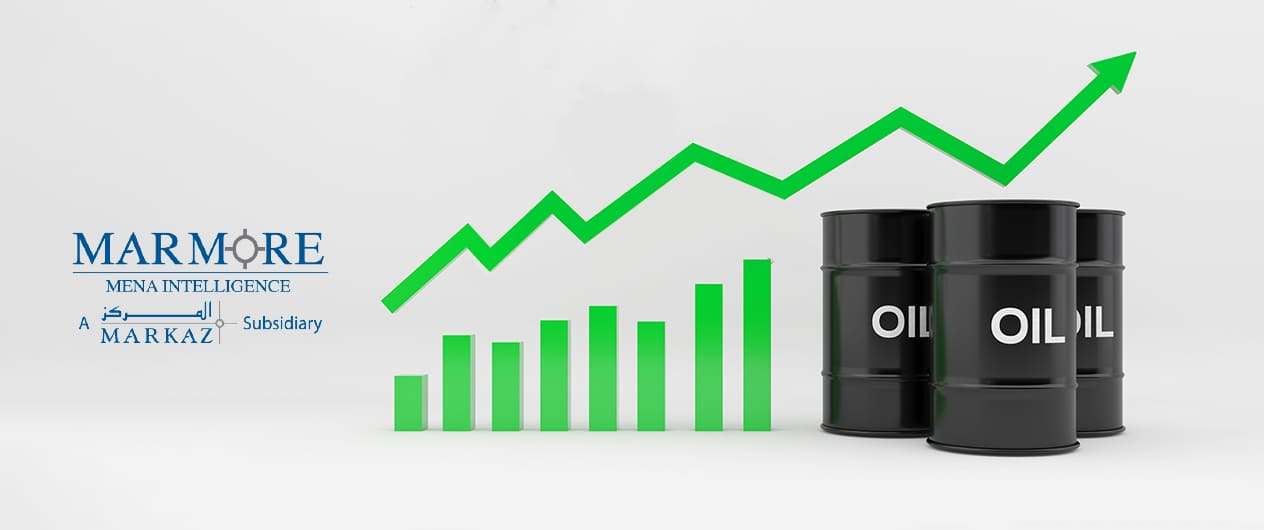Oil Market Dynamics- For now Demand looks better than Supply
M. R. Raghu, CFA
07 March 2023
Oil market dynamics is mainly about demand vs supply with geopolitics affecting both sides of the equation.
Presently, oil demand is mainly supported by the grand re-opening of China after Covid lockdown imposed earlier. This is widely expected to trigger consumer spending, higher industrial output along with higher infrastructure spending. The opening up is also widely expected to trigger revenge travel by Chinese on holidays which is positive for aviation fuel demand. The property market in China is also reviving after years of regulatory curbs imposed by China to prevent the Real estate sector from overheating.
However, widely expected recession in US and Europe triggered by higher interest rates (to control sticky inflation) can be a drag on demand. So far inflation continues to be stubbornly high which forces Fed to adopt an aggressive interest rate stance. The Fed will wait for concrete evidence before pausing the interest rate hike. It is widely expected that the terminal rate will now be 5.5% (currently 4.75%) after which Fed may pause and maybe by first or second quarter of 2024, it may start reducing interest rates. In the meantime, if high interest rates trigger a deeper and longer recession in US, that can be oil demand negative.
On the supply side, non-OPEC group (US, Canada, Brazil and Norway) is expected to meet any shortfall triggered by OPEC induced production cuts. Also, Russia has been aggressively trying to find new markets for its discounted oil after securing China and India. That should keep the supply tap well-endowed for the moment. However, Russia has recently imposed a production cut of 500,000 mbpd in order to counter EU threats. OPEC+ is also keen to trigger production cuts when they sense some oil market weakness in order to defend the price. Even otherwise, many OPEC+ countries are facing production capacity constraints. All this can be supply negative for the oil market. The inclusion of Russia in the OPEC is what makes it OPEC+ and one can notice a good strategic oil relationship between Saudi Arabia and Russia which should also keep oil supply under check through coordinated moves. Any such moves by OPEC+ to keep the supply in check will have to be filled by non-OPEC of which US holds 50% sway. However, US production is restrained by cuts to Capex in order to focus on investor returns (especially by Shale producers). US is also facing labor and material shortage which will keep supply in check.
On a balance, it appears that demand will outstrip supply by at least 2 mbpd as of now. If that situation persist, we can expect oil price to average between $85 to $90/bbl for 2023, an outcome that will definitely be acceptable to oil exporters but can be inflationary for oil consumers.
Stay Tuned To Marmore MENA Insights!
Never miss a patch or an update with Marmore's Newsletter. Subscribe now!
Related Article
The uptick in MENA Eurobond issuances – A sign of things to come?
MENA debt issuances have touched record highs in Q1 2025. Will the uptick continue in subsequent quarters?
Read MoreKuwait’s Approval of Public Debt Law: Re-emerging on Investors’ Radar
Kuwait has passed the long-awaited debt law in March 2025. The blog explores the importance of the law, the expected benefits and outlook for the countrys return to debt markets.
Read MoreThe Dynamic Rise of Fintech in the GCC
The convergence of technology and finance is reshaping the GCC Financial Ecosystem. The blog explores key players, regulatory framework and market dynamics of Fintech in the GCC region.
Read MoreTags
No Tags!




